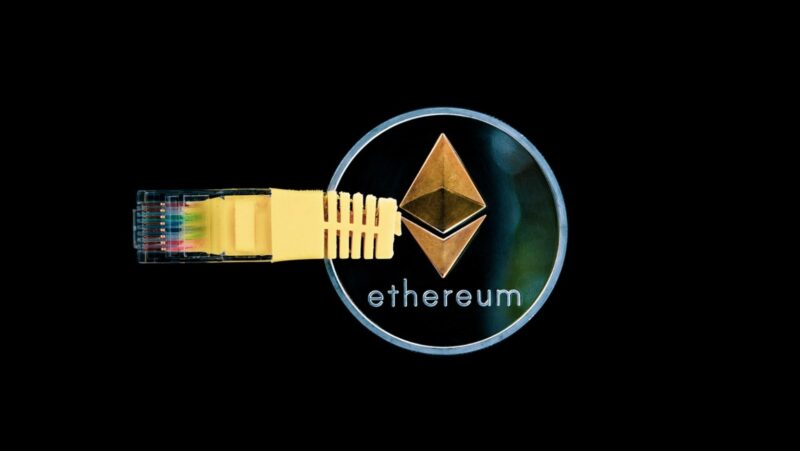
Polkadot is a next-generation protocol that enables cross-chain transfers of any type of data or asset. It is Polkadot’s native token, DOT, that allows its holders to control the governance and staking of the network. The Polkadot protocol is powered by an innovative consensus mechanism called GRANDPA (GHOST-based Recursive Ancestor Derivation Prefix Agreement), which is designed to provide fast and secure finality.
BACKGROUND
The Polkadot network launched on August 21, 2020, and has a current market capitalization of over $4 billion. DOT is currently the sixth-largest cryptocurrency by market cap. Investing in cryptocurrencies involves a high degree of risk and may not be suitable for all investors. The market capitalization of cryptocurrencies is highly volatile and can rise or fall a great deal in a short period of time. Before making any investment decisions, you should carefully consider your own financial circumstances and consult with a professional financial advisor.
Polkadot is a sharded protocol that enables blockchain networks to operate together as one. It was founded by Gavin Wood, co-founder of Ethereum and Parity Technologies, and Web3 Foundation. The native token of the Polkadot network is called DOT. The token has two main functions: first, it is used to secure the network by staking DOTs; and second, it enables governance of the network.
DESIGN
Polkadot is designed to be a heterogeneous multi-chain protocol that connects public and private chains, oracles, and future parachains. The relay chain is the main Polkadot chain that connects all the other chains. It is responsible for block production and transaction finality. The validators on the relay chain are chosen by DOT holders through an on-chain voting process. They produce new blocks and keep the network secure.
DOT holders can also delegate their tokens to validators, which allows them to earn rewards for their participation in the network. The parachains are independent parallel chains that can be used to process transactions and run applications. They are connected to the relay chain and can interact with each other. The Polkadot protocol enables the relay chain to select which parachains are active at any given time. This allows the network to be scalable and flexible. The oracles are off-chain data providers that supply information to the parachains. This information can be used to trigger smart contracts or to update the state of the blockchain.
FEATURES
Polkadot is a highly modular protocol that enables different blockchains to interoperate with each other. This allows for greater flexibility and scalability than traditional blockchain networks.
The protocol also has a built-in governance system that allows DOT holders to vote on network upgrades and changes. This makes the network more decentralized and responsive to the needs of its users. Polkadot is still in development and is not yet live. However, its testnet ( Polkadot Network) is operational and has been used to launch several parachains.
Where to buy dot crypto
Polkadot is still in development and is not yet live, but its testnet is operational and has been used to launch several parachains. Polkadot is a next-generation protocol that enables cross-chain transfers of any type of data or asset. It has a current market capitalization of over $4 billion. DOT is currently the sixth-largest cryptocurrency by market cap. The protocol is powered by an innovative consensus mechanism called GRANDPA, which is designed to provide fast and secure finality. The Polkadot network launched on August 21, 2020.
CONCLUSION
Polkadot is a sharded protocol that enables different blockchain networks to operate together as one. It is designed to be scalable and flexible, with a built-in governance system that allows DOT holders to vote on network upgrades and changes. The protocol is still in development and is not yet live, but its testnet is operational and has been used to launch several parachains. The native token of the Polkadot network is called DOT. The token has two main functions: first, it is used to secure the network by staking DOTs; and second, it enables governance of the network.
DOT holders can delegate their tokens to validators, which allows them to earn rewards for their participation in the network. Polkadot is a highly modular protocol that enables different blockchains to interoperate with each other. This allows for greater flexibility and scalability than traditional blockchain networks. The protocol also has a built-in governance system that allows DOT holders to vote on network upgrades and changes.


